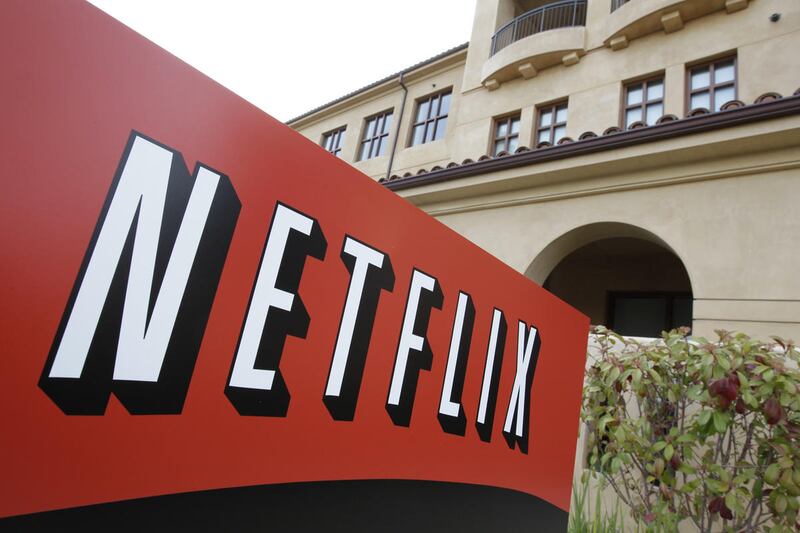Streaming services like Netflix or Hulu have long been seen as the death knell for traditional network television.
As Variety reported, TV network viewership has plummeted 30 percent since 2008. A 2015 Verizon study found that millennials watch three times more TV online than older viewers, and another survey found that 5 percent of millennials said they intended to cut their cable at some point. Even previously robust outlets like ESPN have reported losses due to "changing consumer habits." This past May, Comcast announced that for the first time ever, it has more Internet service subscribers than cable subscribers.
Yet as the New Republic reported this week, 2015 was the year that might finally end the hand-wringing debate over whether Americans have stopped watching television as we know it. Contrary to popular belief, the New Republic contends that Americans are actually watching more TV than ever — a terrific development, if networks get on board with streaming and redefine their distribution methods.
"If you think about it, these aren’t conventions specific to the television medium. Rather, they’re responses to broadcasting’s technological limitations," the New Republic reported. "New distribution technologies require a radical reconfiguration of business models and completely change the user experience of a medium."
And it seems to finally be happening for television, with last year's launch of streaming holdout HBO's new streaming service, HBO Now, other networks have followed suit by offering apps — Disney, Nickelodeon, Fox, CBS and NBC, to name a few.
"Whether the portals are the chicken or the egg, a vision for the future of television is flickering into focus," the New Republic reported.
Email: chjohnson@deseretnews.com
Twitter: ChandraMJohnson



